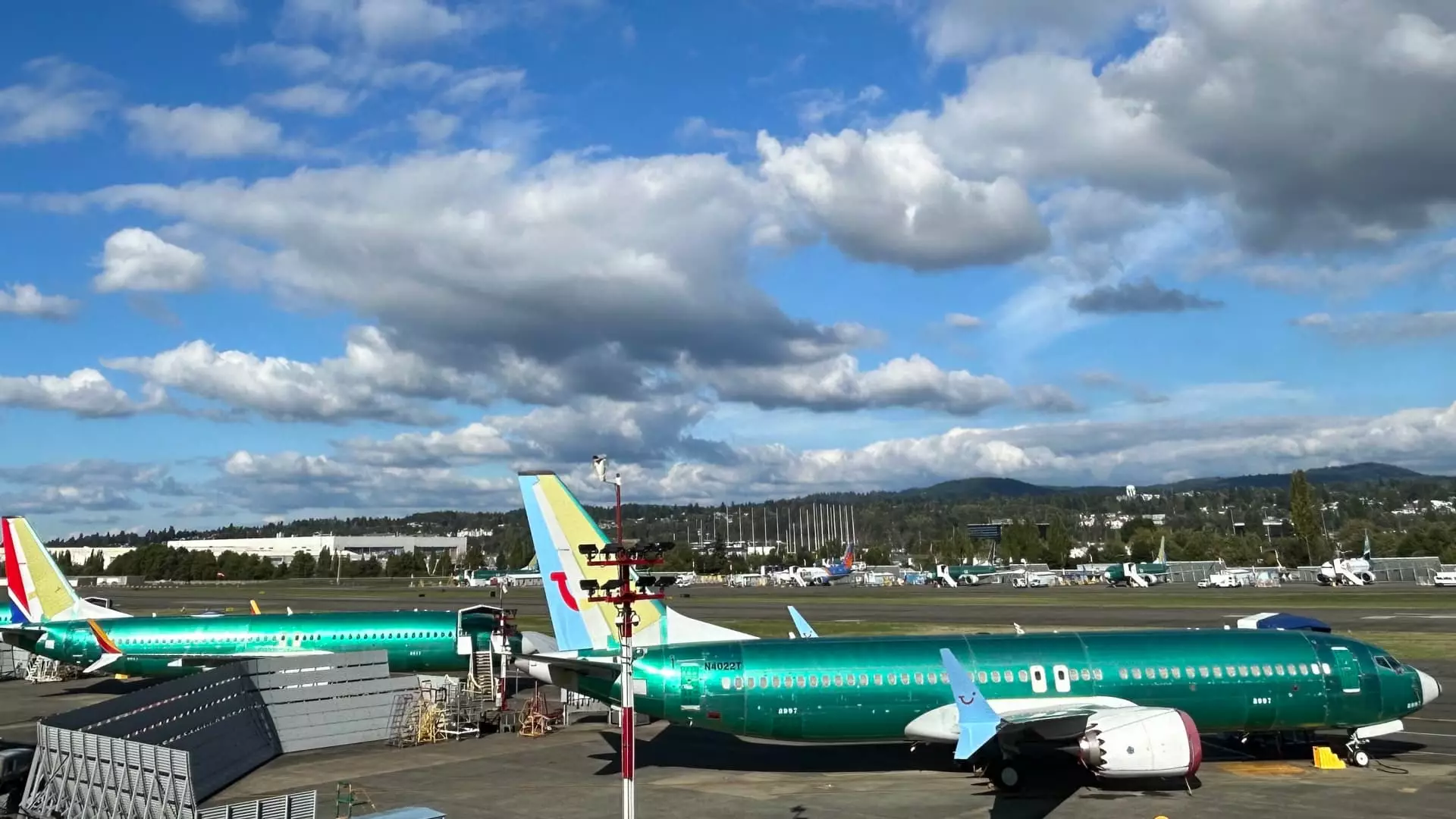The procurement of new Air Force One jets has presented significant challenges for both the U.S. government and Boeing, the company tasked with manufacturing these iconic aircraft. Originally envisioned to provide a modern and state-of-the-art flying command center for the President of the United States, the project has been plagued by delays, cost overruns, and procurement issues that reflect broader struggles within the aviation industry. President Donald Trump’s expressed frustration over these issues highlights the complexities involved in military aircraft contract negotiations and timelines, especially in the wake of increased demands for speed and efficiency in production processes.
When President Trump negotiated the $4 billion contract for the Boeing 747s during his first term, the expectation was that these aircraft would come to fruition without significant hiccups. However, the reality has been starkly different. With cost overruns exceeding $2 billion, the anticipated delivery timeline for these planes has stretched into what may now be a multi-term effort. Such delays are not isolated incidents; they signal systemic issues that have long plagued large-scale manufacturing contracts. The broader implications of these shortcomings suggest not only a potential loss of faith from governmental clients but could also hint at a troubling trend within the aerospace sector where ambitious projects often run into the ground due to mismanagement or unforeseen complications.
In an interesting twist, the involvement of tech entrepreneur Elon Musk has emerged as a unique solution to accelerate the production of Air Force One. Musk’s expertise as the CEO of SpaceX, a company that directly competes with Boeing’s defense unit, highlights a scenario where collaboration dictates success. His ability to identify non-value-added processes may streamline production, lessening the burden on the design and manufacturing teams at Boeing. This partnership, however, conjures questions about accountability and professionalism in managing state contracts. It points to the necessity of dynamic thinking in traditional industries where innovation and adherence to deadlines often clash.
President Trump’s consideration of alternative aircraft should also not be overlooked. Publicly discussing the possibility of acquiring or leasing different planes shows a willingness to explore longer-term strategies rather than relying solely on Boeing’s timetable. This move may serve as a wake-up call for Boeing to tackle its operational inefficiencies vigorously. It demonstrates a clear demand for accountability and timely delivery, not just for Air Force One but for all major contracts within the aerospace and defense sectors. As expectations evolve with technological advancements and market demands, the pressure on manufacturers to deliver high-quality products swiftly becomes even more pronounced.
The challenges faced by Boeing during the Air Force One contract negotiation reflect broader issues within the aviation industry, particularly following pandemic disruptions. In a climate where increased demand and delayed deliveries are becoming the norm, the updates from executives at United Airlines and Southwest Airlines indicate a turning tide. Their optimism about Boeing’s operational improvements signifies a shift in the narrative surrounding the American aerospace giant. It remains critical for stakeholders to monitor these developments closely, as evolving industry dynamics could transform Boeing’s trajectory in the years to come, making their reliability a top priority—as is evidenced by strong feelings from their commercial clients.
As the quest for new Air Force One jets continues, the intersection of politics, industry dynamics, and personal leadership highlights crucial lessons for future aerospace contracts. With significant investments on the line, transparency and accountability become paramount. Although the involvement of innovators like Elon Musk can foster creative solutions, it is crucial for companies like Boeing to step up to the plate, streamline their production processes, and assure governmental clients of their reliability. As the aviation industry grapples with fallout from pandemic-induced delays and optimizes its operational frameworks, future projects will undoubtedly benefit from the lessons learned through this challenging yet illuminating journey.

